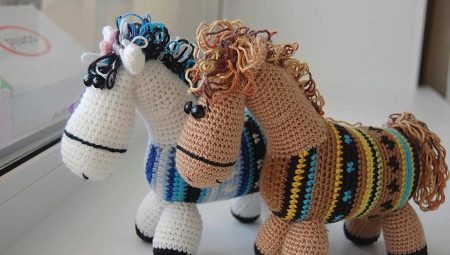Amigurumi horse is a miniature knitted toy that can delight both a child and an adult. Its compact size allows even a novice master to cope with the work - it is enough to carefully study the description and patterns of crocheting. But before you knit a horse out of plush yarn, you should learn a little more about the preparation and some features of such needlework.
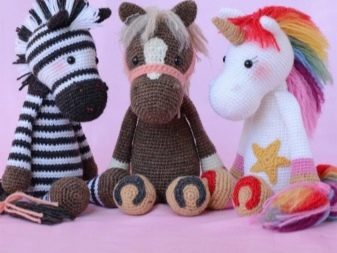
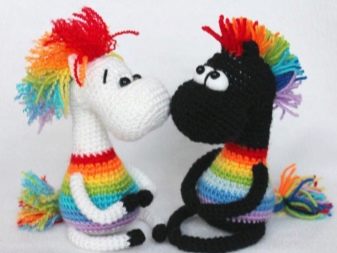
Preparation
Before you begin to knit amigurumi toys, it is worthwhile to understand the choice of materials and tools for work. For example, not all yarns are suitable. Most often, acrylic and cotton threads, non-double, hypoallergenic, are used. From plush yarn, the toys turn out to be very cute and tactilely pleasant, but the micropolyester also has a drawback - the product from it wrinkles quite easily. Mohair horses look attractive, but it is better to take on this material only with sufficient experience - it is quite difficult to process.
When preparing yarn for amigurumi it is important to take skeins that do not have nodules, thickenings in their structure. The uniformity and proportionality of the product is very important for this technique. For the smallest horses fit threads "Iris" or "Narcissus"are considered universal materials of brands "Acrylic", "Baby Best", "Children's whim." The hook needs to be selected according to the thickness of the threads, the canvas should be quite dense.
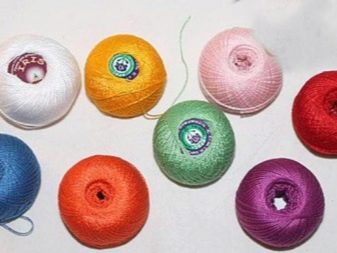
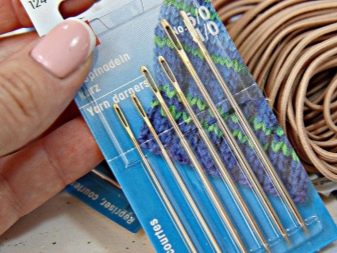
Novice masters for horses can take a hook number 1.5 and several skeins of bright iris. Also in the process of work come in handy:
- 2 beads for the eyes;
- a floss and a needle for embroidery details of the muzzle;
- filler (synthetic winterizer, synthetic winterizer);
- granular weighting agents;
- woolen threads for mane and a thin needle.
This kit will be enough. To get a larger product, just change the iris to acrylic.
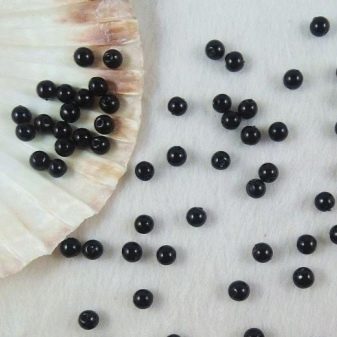

Work description
To crochet an amigurumi horse, you should stick to a certain pattern. The first is always made the head. Knitting begins with a row of 6 loops - they are closed in a ring, then in rows.
- For 2, add 1 loop (12 in total).
- 3 SC alternate with an increase.
- A 4 increase occurs on each 3 loop.
- On 5 additional columns are knitted in each 4 case.
- At 6, you should get 36 loops, an increase in each 5 column.
- 7 and 8 row knit simple loops without a crochet.
- On the 9th row there is a decrease of 6 loops, by 1 decrease - 4 columns without it.
- At 10, the whole row is knitted without changing the quantity. This is the last solid element of the head. Next, a different shade of thread is taken on each row.
- From 11 to 13 rows are knitted in 30 loops with single crochet.
- In row 14 there is 1 decrease through 3 ordinary loops. By the end of the series there will be 24.
- From 15 to 19, the number of loops remains unchanged. Head stuffing is in progress.
- In row 20, 1 decrease occurs in 2 columns, then in 21 the number of loops is reduced to 12. At this stage, you can add filler.
- 22 row completes the knitting of the head, the loops are reduced in a circle to 6. The hole is tightened with a needle.
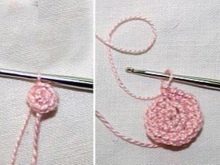
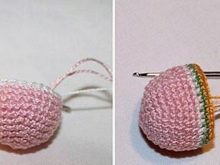
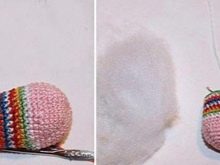
Auxiliary parts
Next, other elements are created. Four legs are knitted first with red thread, then colored from 4 to 11 rows. The ring is created from 6 amigurumi loops. The increase in rows 2 and 3 is another 6. Each circle is knitted 18 stitches from the 4th circle to the end, in single crochet stitches. Stuff the legs before sewing to the body, it is worth leaving a sufficiently long “tail” of the thread to connect the parts.
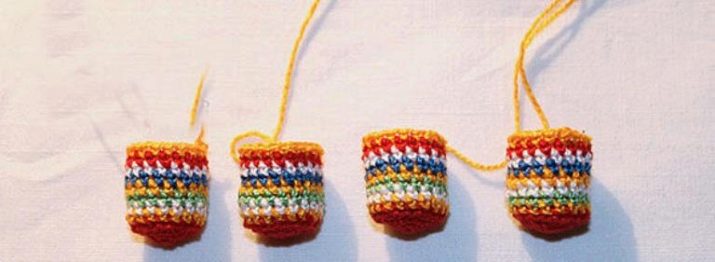
Ears are created from the same threads as the muzzle. A ring of 6 loops in the 2nd row is complemented by another 3, crochet columns. From 3 to 6 row knitting is performed without an increase - only 9 loops. At 7 3 columns are reduced, a thread is left for sewing to the head. Ears do not stuff - they flatten, squeezing fingers.
Also, an amigurumi horse will need a neck. She is knitted like that.
- A chain of 19 air loops is closed in a circle.
- The resulting ring is knitted 3 rows with single crochet. Without an increase there should be 18 loops. Thread color alternates.
- With 4 rows, an increase is made for each 4 columns. In total, 22 loops should be obtained.
- 5-7 rows are knitted without increase.
At the end, a thread is left for stitching the part with the body and head.

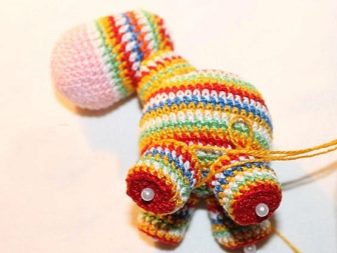
Horse torso
The body immediately fits in color, with the update in rows. The first row is a ring of 6 loops. Then, from 2 to 8, you need to add another 6 columns, until the total number reaches 48. From 9 to 17 rows, the body of the amigurumi horse knits without an increase. There should be 48 loops. From row 18 to 24, 6 loops are reduced, at the end the ring closes, the thread is tightened and hidden by a needle.
It is important not to forget to lay the stuffing on time.
This is done on row 21, when the number of loops is still quite large - 24 per circle. It is better to lay granulate in the horse’s abdomen, otherwise a voluminous head may outweigh the body, shifting the center of gravity. Without a weight, the toy simply will not maintain the correct position.
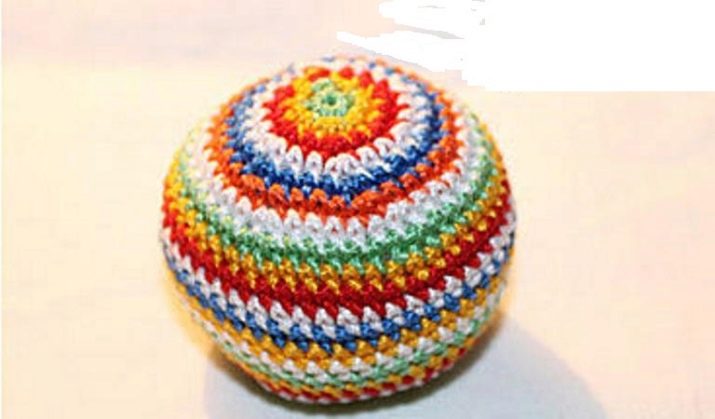
Assembly
As soon as all parts of the body of the amigurumi horse are connected, you can proceed to the assembly of the toy. The procedure will be as follows.
- Ears are sewn to the head. Bead eyes are sewn into place. Bright floss embroider nose and smile.
- Attach a neck to the head. Fill it with a padding polyester or other packing.
- Add a torso. It is important that the head fit on the body is not too low.
- Pin the legs with pins. Find a stable position, fasten with a thread and a needle each. On the hooves you can attach beads as horseshoes.
- Pull the tail and mane. This is done with a thin needle and special wool. You don’t have to fix anything on purpose - all the parts fit perfectly and so on. You can stick or attach a flower to the mane. If you don’t feel like felting, you can make it from acrylic threads.
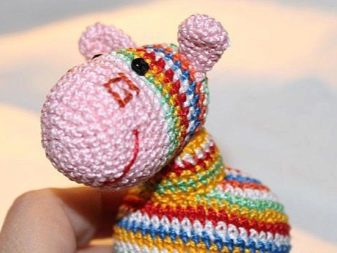
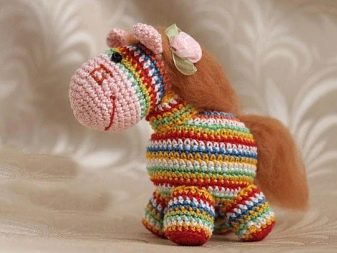
Recommendations
Granulate and other weighting agents are added not only to the body. It is also better to put it in the legs of a horse, otherwise the stability of the toy will be reduced. To find the correct position of the parts during assembly, it is worth using pins. They will fix the legs or ears during assembly.
When creating toys using the amigurumi technique, it is important to remember the proportions: a voluminous rounded head and a small oval or cylindrical body are always used here.
Each detail fits in a circle, begins with a chain of 6 loops. It is better to take the hook a little thinner than the yarn itself. The increments are performed on the 1 and the last column of the wedge. This will allow you to get a more beautiful and accurate result.
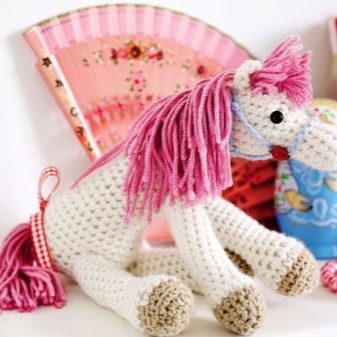

Watch a workshop on knitting amigurumi horses in the video.
